Our delicate food production system, which is already dealing with the harsh effects of climate change and the depletion of natural resources, faces the daunting task of feeding almost 9 billion people by the year 2050. To meet the demands of the growing population, the food system must produce more than twice as much food-roughly 70% more. According to predictions, the production of cereal grains, especially in Asia and Africa, will decrease by more than 20 to 40% if the average global temperature rises by ~2.0 °C. With climate change, invasive pests and disease species pose a serious concern. Due to chemical use and intensive farming practices, the soils have lost some of their vitality. Biodiversity is no longer present. The loss of resilience to this enormous challenge is putting crops and animal species at greater risk of illness, failure, and fatality. Even yet, there is now a new window of opportunity due to modern genomics. The benefits and drawbacks of scientific developments in gene editing technology are being discussed by policy makers. The wide spread use of pesticides has accelerated the development of pesticide resistance, and crop failure is becoming a more frequent occurrence in the field as a result of heat, drought, pests, flooding, and disease outbreaks. Because it accounts for 24% of greenhouse gas emissions, the current food system contributes negatively to climate change. Essentially, the food equation is heading backwards rather than forwards. Malnutrition is a risk for more than 828 million people who do not have access to enough food. Climate has an impact on soil formation, and soil can slow down global warming by storing CO2 in the atmosphere. As a result, soil management techniques that can improve environmental quality and mitigate climate change are gaining popularity. Soil and Climate proposes methods for achieving the Sustainable Development Goals (SDGs) and uses soil management to address global challenges. Over 70% of agriculture’s use of freshwater is dependent on it. Additionally, developed nations are advised to step up their adaptation efforts and provide developing nations with climate finance so they can fight climate change. Developing nations may also set different kinds of goals for their climate action plans, such as encouraging the development of renewable energy initiatives. Building capacity is essential to success. Therefore, the book finds an environmentally beneficial solution in independent development plans. This requires proactive policy actions that work together – meaning, besides global and regional networks, an inter-ministry, interagency, and inter-departmental approach is necessary, as climate change affects various sectors.
Sale
₹795.00 Original price was: ₹795.00.₹635.20Current price is: ₹635.20. ₹
₹500.00 Original price was: ₹500.00.₹400.00Current price is: ₹400.00. ₹
₹750.00 Original price was: ₹750.00.₹600.00Current price is: ₹600.00. ₹
₹350.00 Original price was: ₹350.00.₹280.00Current price is: ₹280.00. ₹
₹399.00 Original price was: ₹399.00.₹319.20Current price is: ₹319.20. ₹
₹560.00 Original price was: ₹560.00.₹448.00Current price is: ₹448.00. ₹
Soil to Seeds: Impact of Climate Change on Crops
Dr. Anuj Mamgain, Dr. Astha Panday, Dr. Pradeep Kumar, Dr. Yogeshwar Singh 978-93-6252-923-7
PAPERBACK
FIRST VOLUME
Academic Book, Agriculture Science, Edited Book
Meet The Author
No products were found matching your selection.
No products were found matching your selection.
No products were found matching your selection.
No products were found matching your selection.
Be the first to review “Soil to Seeds: Impact of Climate Change on Crops” Cancel reply

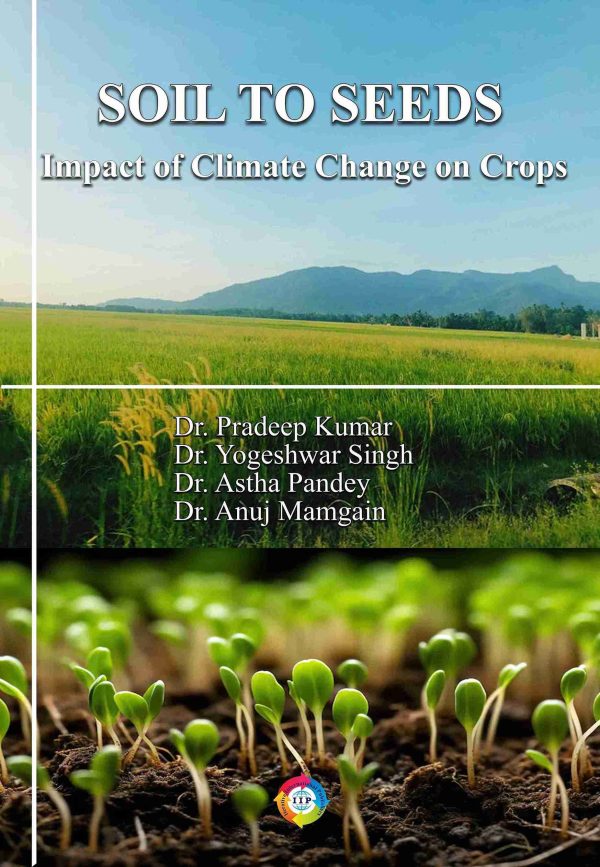
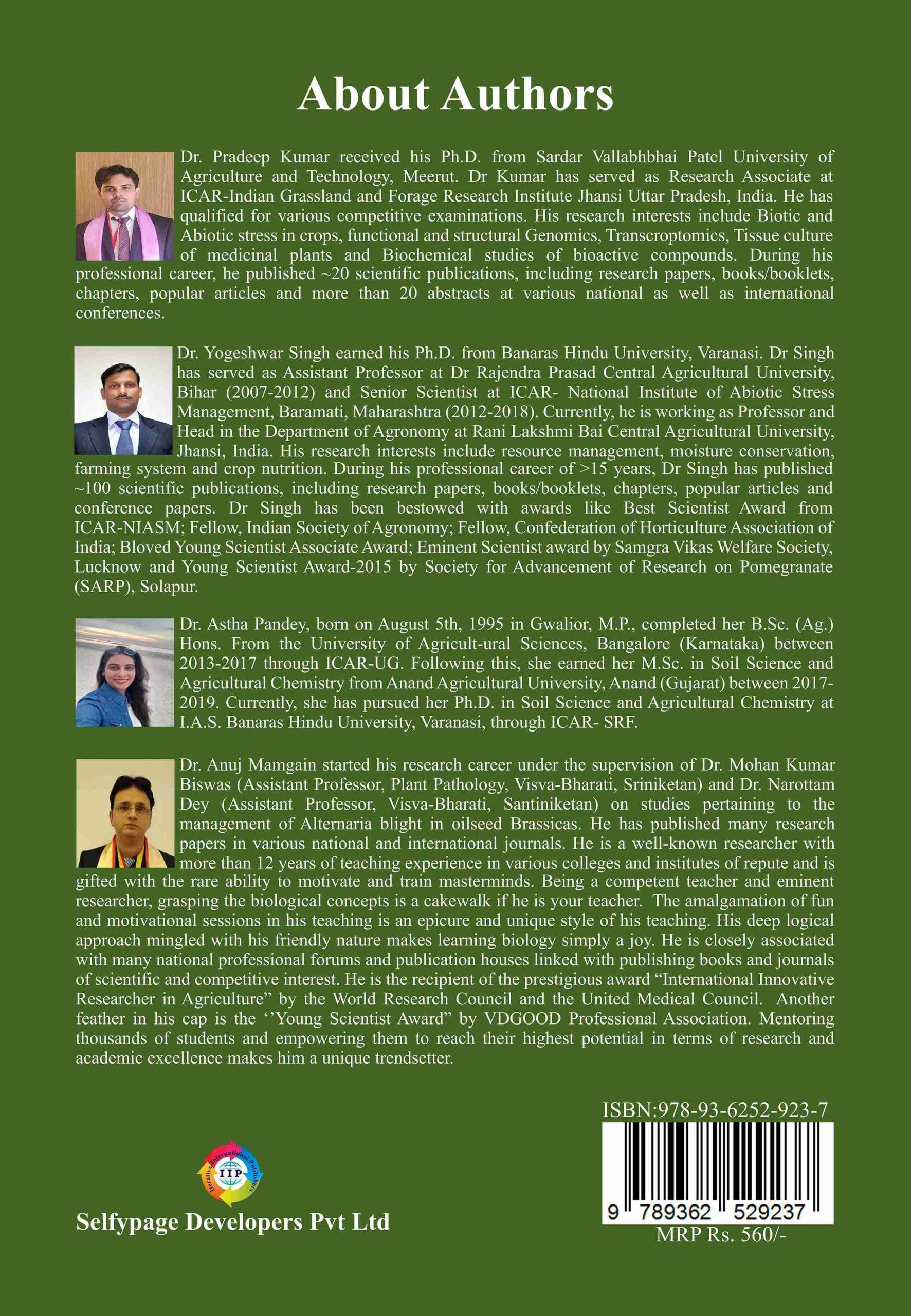
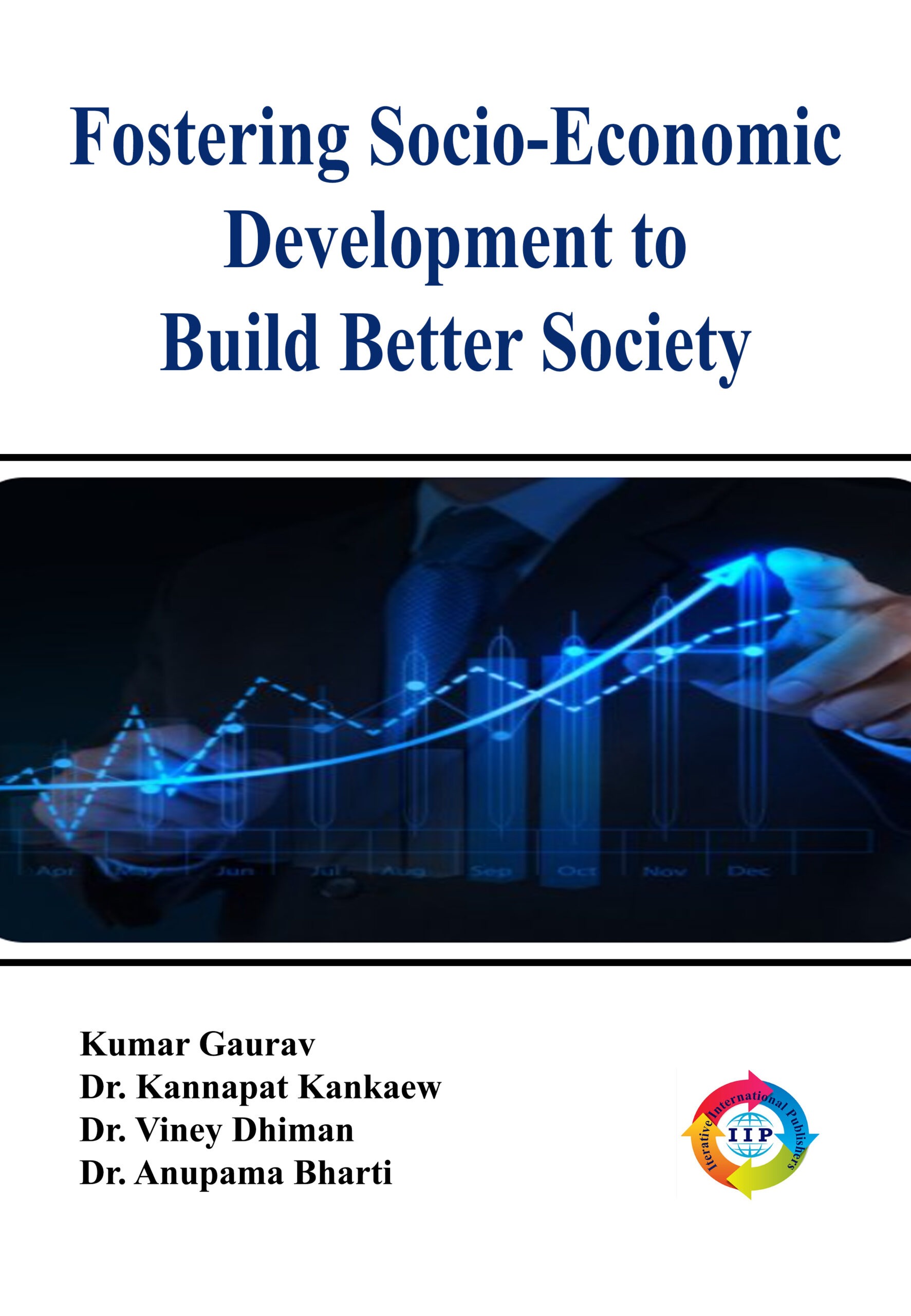
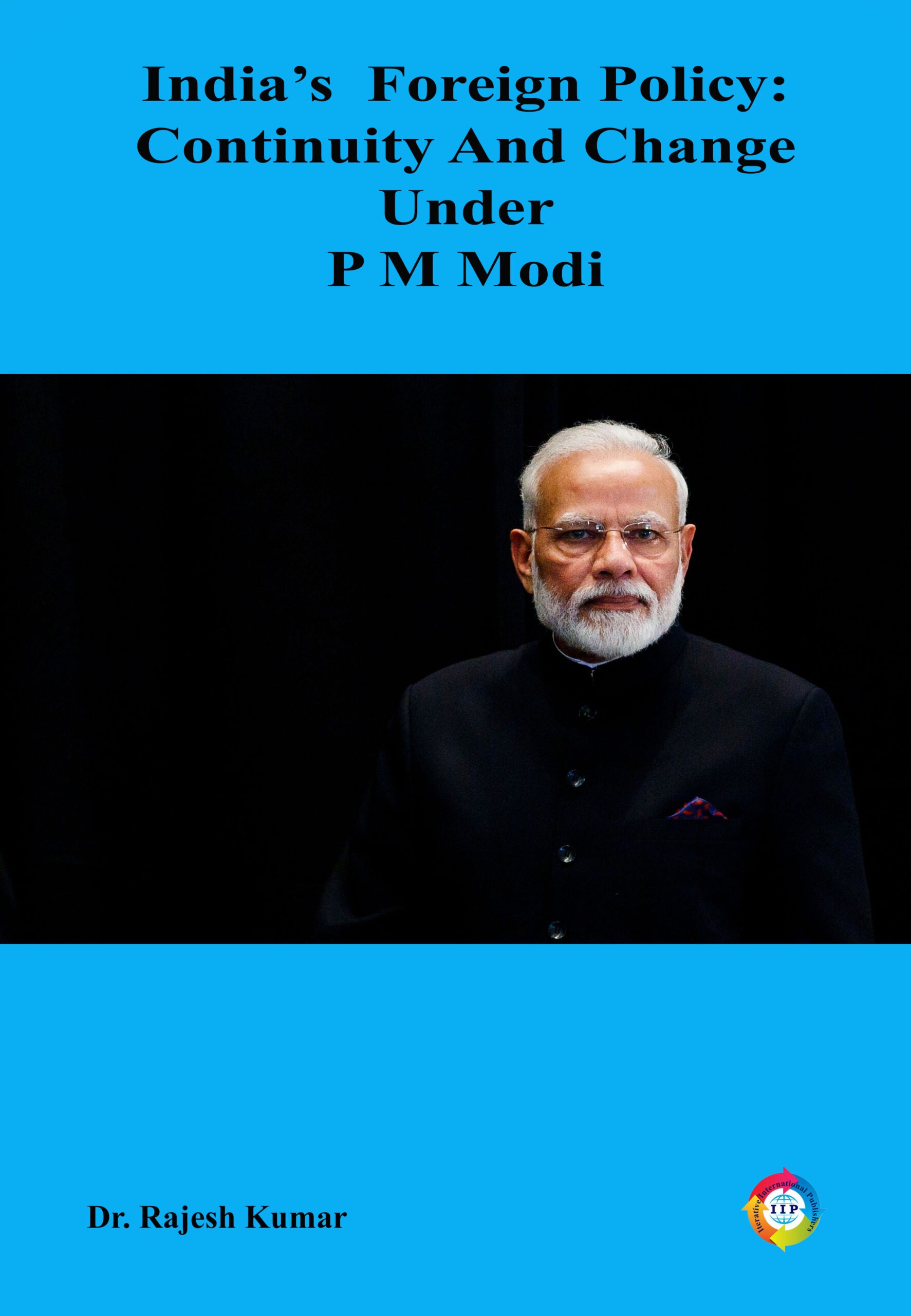
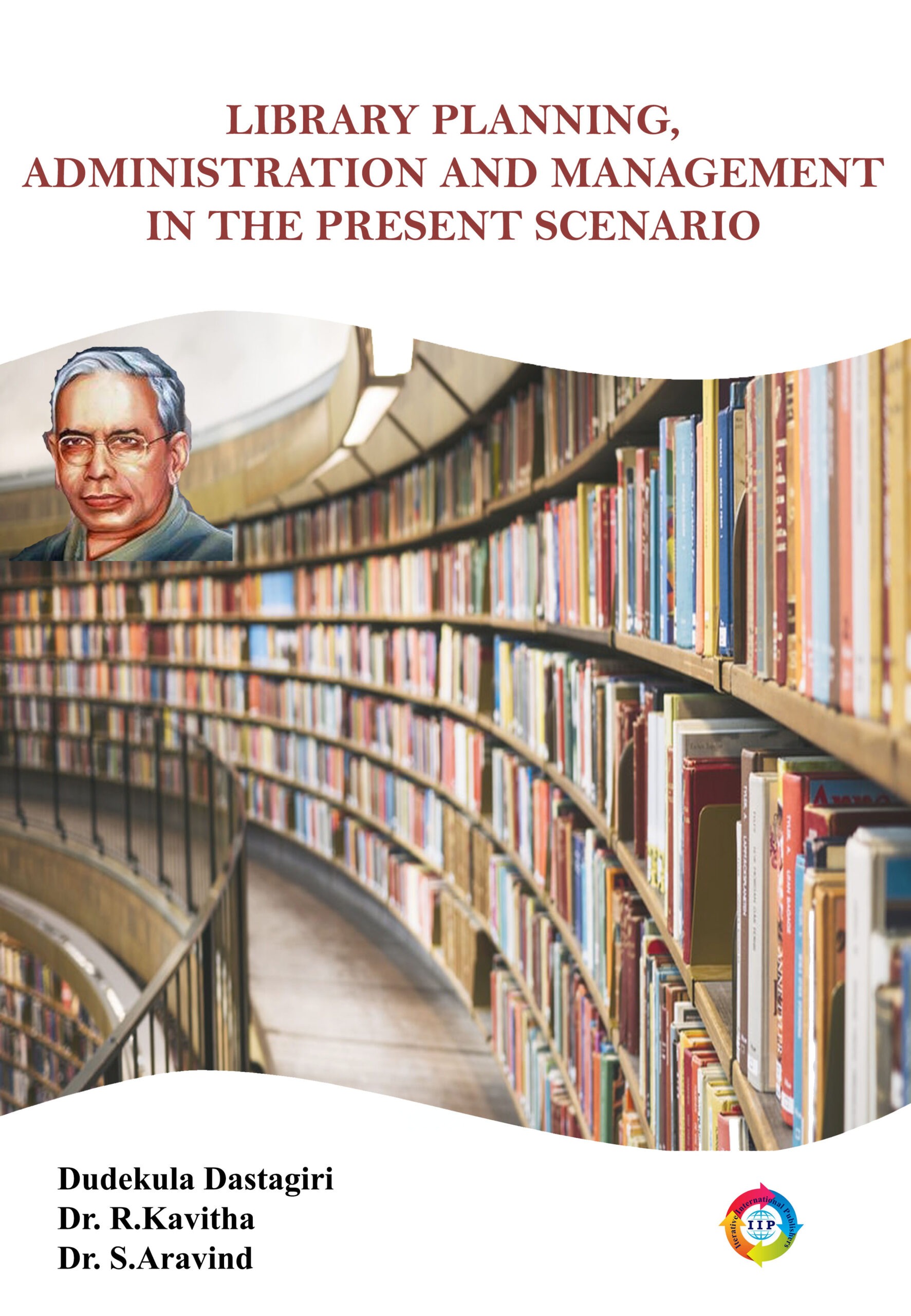
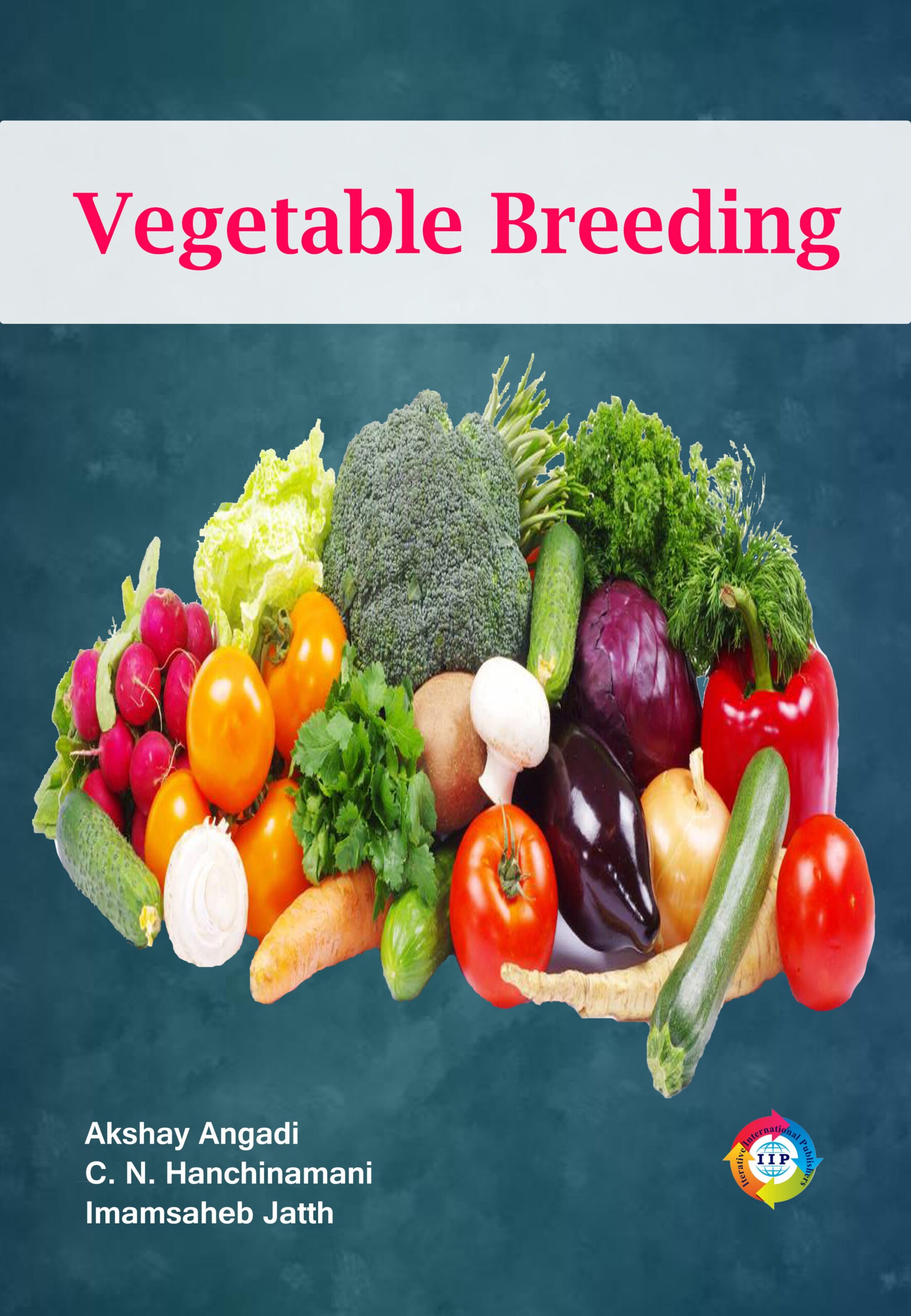
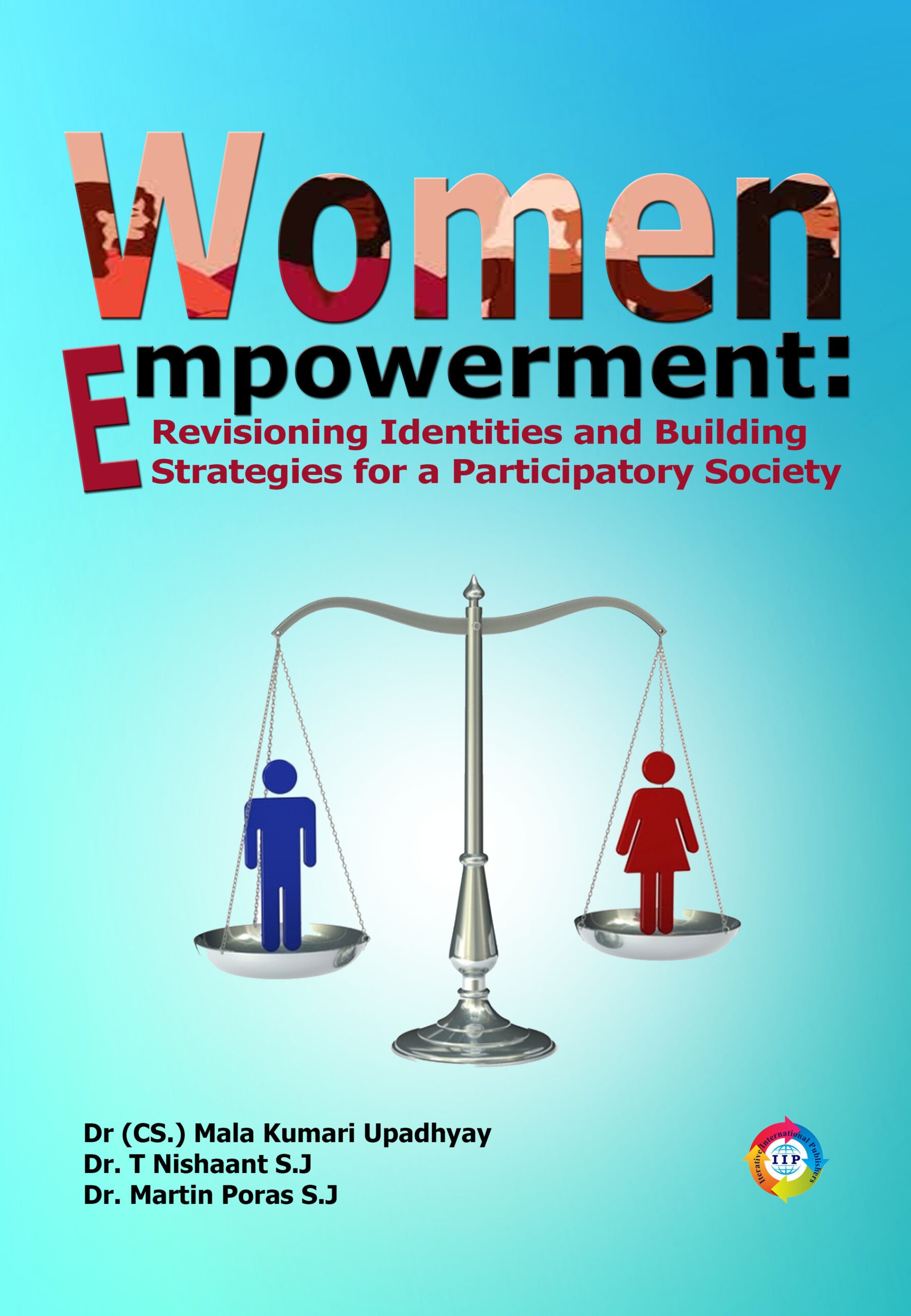

Reviews
There are no reviews yet.